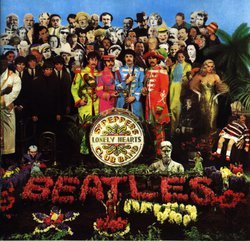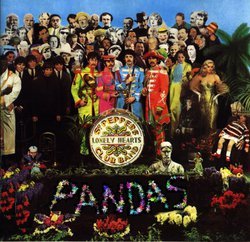Design and falsifiability
Last month I had an interesting conversation with Casey Luskin of the Discovery Institute (DI), at Evolution News and Views (ENV), a DI blog/site that recently opened some articles to comments. The topic of the original post was common ancestry in humans and other primates, but Casey and I discussed various aspects of design thought.
One subject that came up was the falsifiability of design. I maintain that design arguments, whenever they also postulate the existence of an omnipotent deity (or any super-powerful being, for that matter), are inherently unfalsifiable. And I want some feedback on my argument.
Here’s what I wrote on ENV:
Design is unfalsifiable to whatever extent the postulated designer is capable of acting in the world. If the designer (like the Creator God) is omnipotent, then it is impossible to rule out deliberate design in any place at any time. This is a necessary conclusion that can only be avoided by restricting the expected actions/motives of the designer. You claim that “shared non-functional similarities” can falsify “common design,” and that’s true only if you have defined “common design” in a fairly restricted way. What such similarities don’t do - cannot do - is rule out the action of a designer. (That designer could have other reasons for doing things the way she does, meaning that “shared non-functional similarities” could evince design just as strongly as any other genomic feature.) That’s what I mean when I say that design is unfalsifiable, and I hope that clarifies things.
Casey’s response focuses on “the theory of intelligent design,” which he claims is solely concerned with positive evidence for intelligent design, which is assumed to be detectable in the world. He concedes that yes, the theory could fail to detect design when/if the designer has acted in ways indistinguishable from  “secondary material causes.” He illustrates this using a standard type of example of design (in his case, flowers that spell out “Welcome to Disneyland”).
“secondary material causes.” He illustrates this using a standard type of example of design (in his case, flowers that spell out “Welcome to Disneyland”).
He’s right about all that. But I think he’s wrong about the falsifiability of design, and he himself has told us why. Consider his flower-based message example. He’s quite right that a person (let’s call him Steve) looking at a bed of flowers that spells out a message in English can and should conclude that the flower bed is the product of design. But Steve can’t point at any other collection of flowers and claim that it is not the product of design.
In order to make that claim, Steve would first need to stipulate some of the characteristics of the designer (we’ll call her Coco). Specifically, Steve would need to tell us whether Coco is thought to - or known to - design flower beds that don’t look designed (to Steve). And this is where my argument gets specific: I maintain that once Steve postulates Coco’s omnipotence, then he has acknowledged Coco’s ability to design flower beds of every possible configuration, few of which Steve would identify as “designed.” Thus any designation of a flower bed as “designed” is unfalsifiable, since all flower beds are potentially designed regardless of their appearance. If Steve wants his  design argument to be falsifiable, he needs to further specify Coco’s characteristics (limitations, preferences, and so on) as a designer and explain how such characteristics can enable him to rule out design of a particular flower bed.
design argument to be falsifiable, he needs to further specify Coco’s characteristics (limitations, preferences, and so on) as a designer and explain how such characteristics can enable him to rule out design of a particular flower bed.
If Steve takes Casey’s line and claims not to know anything about Coco, then Steve cannot under any conditions point to anything that Coco didn’t design. And so his claim that the flower-based message is designed is unfalsifiable.
We can add that this doesn’t mean Steve is wrong. In fact, in the case of the hideous “Welcome to Disneyland” flower bed, we’d all agree that he’s right. It just means that his design claim can’t be falsified.
Now, I don’t think this means that design thought is therefore nonsense, or that attempts to identify evidence of design are therefore invalid. Not at all. But I do think it points to a vast difference between “the scientific theory of intelligent design” and common descent. Common descent is falsifiable, at least on a case-by-case basis, meaning that there are observations we can imagine that could not be explained in principle by common ancestry. But it seems to me that there is no such observation vis-a-vis intelligent design, especially when/if the designer is taken to be super-powerful or even omnipotent.
[Cross-posted at Quintessence of Dust]
